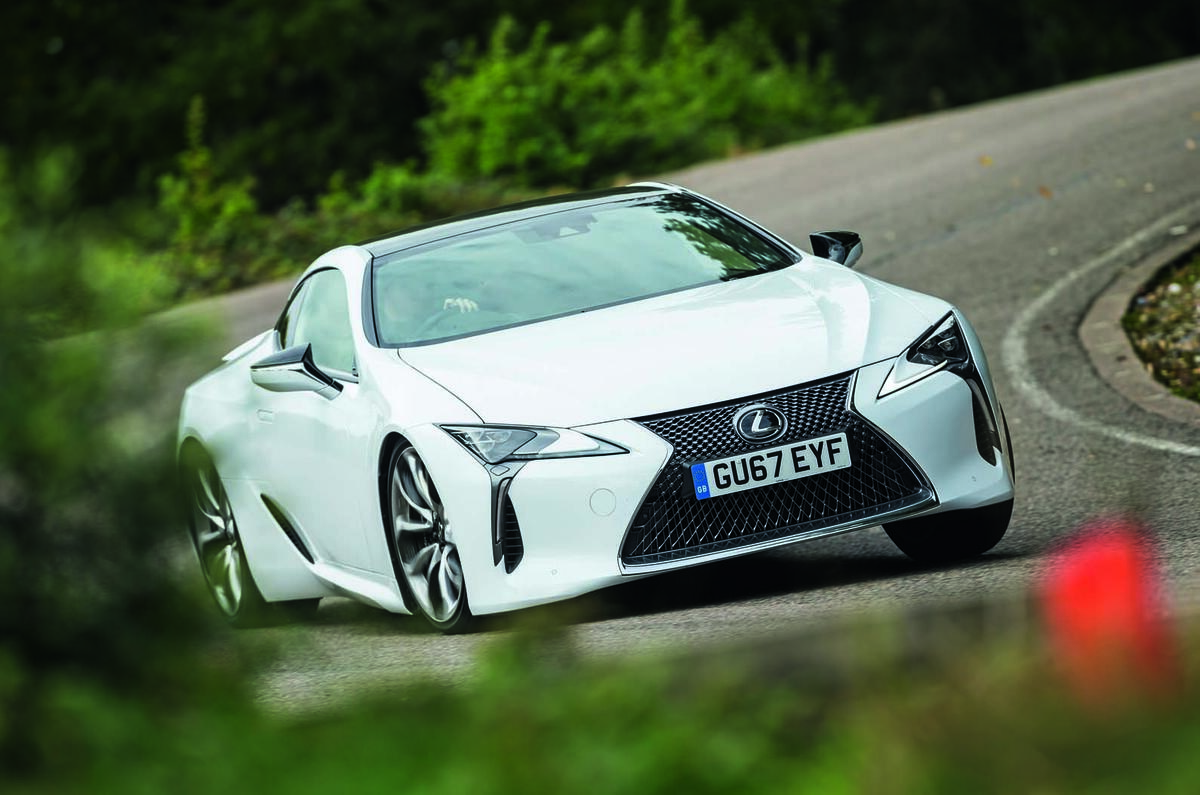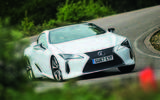The other day, Autocar’s photographer Stan Papior and I were shooting a car – well, I was driving it, he was shooting it - for cornering pictures.
And the thing about cornering pictures is that they can be quite hard on brakes.
There’s lots of accelerating and decelerating, see, as we drive through the same bend perhaps 10 or 15 times, so there’s little chance for brakes to cool and recover.
It’s harder still at a test track, where we can turn close to the corner and drive quickly through it. If a car vectors torque or we’re troubling the stability control, brakes might even be applied mid-corner, so they get very little respite.
Which is fine. We only push their limits if it’s a specific track test, so deliberately cool them. With a bit of experience – which comes with running through the same bend 20 times once a week for a dozen years on a track that, by utter coincidence, is near our favourite cafe – you can tell when they’re starting to feel at their collars and mop their brows.

You can sense the heat build up, perhaps a slight change in pedal pressure, and if a car is very new, you get a slight whiff from them too because pads give off an extra-pungent smell when they’re given their first workout – the automotive equivalent of a gym-goer’s January perspiration, when all the sherry and happiness oozes out of you.
Anyway, this, belatedly, brings me to my point. The other day, we shot an Jaguar E-Pace, which hits the right notes: a heavy car with brisk acceleration, only just run-in, brakes that are involved mid-corner, and needing more cornering shots than usual to cover more angles. Towards the end, it gave off a slight niff. One that, Stanley said, would have been nicer if it smelt better.













Join the debate
Add your comment
From a different perspective...
The very fact that a car smells bad when pushed to its limits, whether it be the brakes, clutch or tyres, is just another way to dissuade people from doing it and remind them they are reaching the limits of their car. As car entusiasts we all know that riding your clutch for example is a terrible thing to do but your average driver might not, yet when a bad smell starts to percolate through the air vents, they may think twice.
@ Matt Prior
....beats me Matt why you (Autocar) need to abuse the car in this way at all.
The eventual photo doesnt look that much different than it would cornering at normal speeds....no owner is going to drive the car in this way on the public road (Ihope).
I can only think Autocar testers do it to fuel their own ego's with personal albums of "me ragging the sh*t out of Toyota's car"
I fyou still then needed 20 attempts to get a shot of the car in a corner - find a new photographer!
Sorry if this sounds 'kill-joy' but this was Autocar magazine (last time I checked)....not Max Power resurrected !
Particulates?